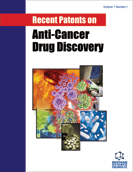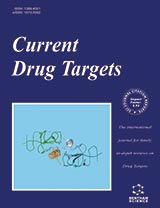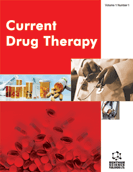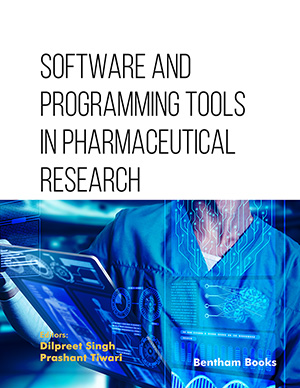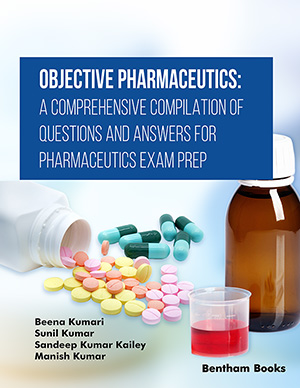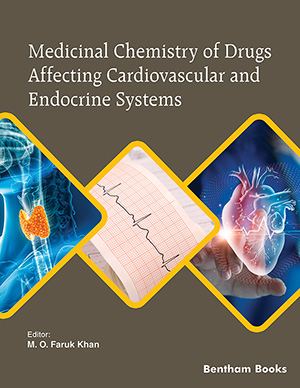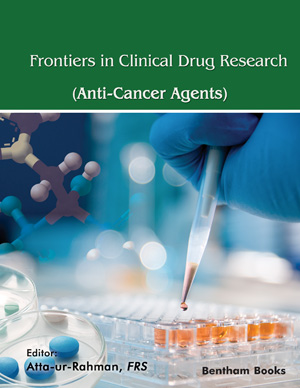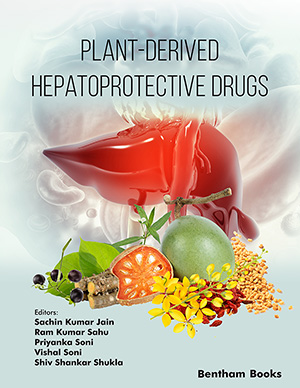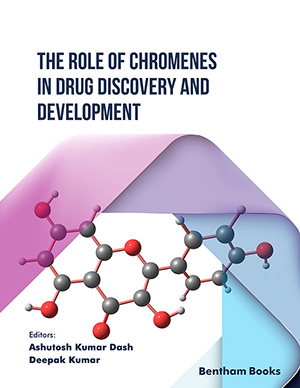Abstract
The first line therapy for chronic myeloid leukemia (CML) was dramatically altered within a few years of the introduction of Abl specific tyrosine kinase inhibitor, imatinib mesylate to the clinic. However, refractoriness and early relapse have frequently been reported, particularly in patients with advanced-stage disease. Point mutations within the Abl kinase domain that interfere with imatinib mesylate binding are most critical cause of imatinib resistance. To override resistance, several second generation ATP competitive Abl kinase inhibitors such as dasatinib, nilotinib and INNO-406 have been developed. Although, these novel inhibitors can inhibit the phosphorylation of most mutated Bcr-Abl except T315I, no ATP competitive Abl kinase inhibitors, which can inhibit the phosphorylation of Bcr-Abl/T315I, has been developed. Thus, Bcr-Abl/T315I is an important and challenging target for discovery of CML therapeutics. This review is focused on the three novel compounds reported in the recent patents (2004-2006) which claim the efficacy against Bcr- Abl/T315I.
Keywords: Bcr-Abl, imatinib mesylate, SGX, cyclin dependent kinase, hydrazine derivatives
Recent Patents on Anti-Cancer Drug Discovery
Title: Second Generation Abl Kinase Inhibitors and Novel Compounds to Eliminate the Bcr-Abl/T315I Clone
Volume: 1 Issue: 3
Author(s): Shinya Kimura
Affiliation:
Keywords: Bcr-Abl, imatinib mesylate, SGX, cyclin dependent kinase, hydrazine derivatives
Abstract: The first line therapy for chronic myeloid leukemia (CML) was dramatically altered within a few years of the introduction of Abl specific tyrosine kinase inhibitor, imatinib mesylate to the clinic. However, refractoriness and early relapse have frequently been reported, particularly in patients with advanced-stage disease. Point mutations within the Abl kinase domain that interfere with imatinib mesylate binding are most critical cause of imatinib resistance. To override resistance, several second generation ATP competitive Abl kinase inhibitors such as dasatinib, nilotinib and INNO-406 have been developed. Although, these novel inhibitors can inhibit the phosphorylation of most mutated Bcr-Abl except T315I, no ATP competitive Abl kinase inhibitors, which can inhibit the phosphorylation of Bcr-Abl/T315I, has been developed. Thus, Bcr-Abl/T315I is an important and challenging target for discovery of CML therapeutics. This review is focused on the three novel compounds reported in the recent patents (2004-2006) which claim the efficacy against Bcr- Abl/T315I.
Export Options
About this article
Cite this article as:
Kimura Shinya, Second Generation Abl Kinase Inhibitors and Novel Compounds to Eliminate the Bcr-Abl/T315I Clone, Recent Patents on Anti-Cancer Drug Discovery 2006; 1 (3) . https://dx.doi.org/10.2174/157489206778776907
| DOI https://dx.doi.org/10.2174/157489206778776907 |
Print ISSN 1574-8928 |
| Publisher Name Bentham Science Publisher |
Online ISSN 2212-3970 |
Call for Papers in Thematic Issues
Novel anti-cancer drugs in photoimmunotherapy management: from bench to translational research
In recent years, traditional cancer treatments, such as surgery, chemotherapy, and radiation treatment, etc., may damage the pathological tissue and normal cells. The ideal tumor treatment should be noninvasive, eliminating the primary tumor, making the body produce systemic tumor-specific immunity, eliminating metastases, and having less /no side effects. Recent Patents ...read more
 4
4
- Author Guidelines
- Graphical Abstracts
- Fabricating and Stating False Information
- Research Misconduct
- Post Publication Discussions and Corrections
- Publishing Ethics and Rectitude
- Increase Visibility of Your Article
- Archiving Policies
- Peer Review Workflow
- Order Your Article Before Print
- Promote Your Article
- Manuscript Transfer Facility
- Editorial Policies
- Allegations from Whistleblowers
Related Articles
-
Micro Composite Palmitoylethanolamide/Rutin Reduces Vascular Injury through Modulation of the Nrf2/HO−1 and NF-kB Pathways
Current Medicinal Chemistry The Anti-cancer Actions of Vitamin D
Anti-Cancer Agents in Medicinal Chemistry Overview of Medicinally Important Diterpenoids Derived from Plastids
Mini-Reviews in Medicinal Chemistry Selective Removal of Macrophages in Atherosclerotic Plaques as a Pharmacological Approach for Plaque Stabilization: Benefits Vs. Potential Complications
Current Vascular Pharmacology Sigma-1 Receptors: Potential Targets for the Treatment of Substance Abuse
Current Pharmaceutical Design Veno-Arterial Extracorporeal Membrane Oxygenation in the Adult: A Bridge to the State of the Art
Current Cardiology Reviews Non-Celiac Gluten Sensitivity Triggers Gut Dysbiosis, Neuroinflammation, Gut-Brain Axis Dysfunction, and Vulnerability for Dementia
CNS & Neurological Disorders - Drug Targets Pathophysiology of Diabetic Dyslipidaemia
Current Vascular Pharmacology Subject index to volume 3
Current Molecular Medicine Pathophysiology, Diagnosis and Clinical Management of Hepatorenal Syndrome: From Classic to New Drugs
Current Vascular Pharmacology Human Immunodeficiency Virus (HIV) and Stroke: Targets for Intervention
Infectious Disorders - Drug Targets Cysteinet Dysregulation in Muscular Dystrophies: A Pathogenic Network Susceptible to Therapy
Current Medicinal Chemistry Are Bacteriocins Underexploited? NOVEL Applications for OLD Antimicrobials
Current Pharmaceutical Biotechnology Targeting Mitochondrial Biogenesis to Treat Insulin Resistance
Current Pharmaceutical Design Potential Role of IL-18 in the Immunopathogenesis of AIDS, HIVAssociated Lipodystrophy and Related Clinical Conditions
Current HIV Research P2Y Receptors in the Mammalian Nervous System: Pharmacology, Ligands and Therapeutic Potential
CNS & Neurological Disorders - Drug Targets SGLT-2 Inhibition: Novel Therapeutics for Reno-and Cardioprotection in Diabetes Mellitus
Current Diabetes Reviews MicroRNAs as Diagnostic, Prognostic and Predictive Biomarkers of Ovarian Cancer
Recent Patents on Biomarkers Serum Selenium Levels in Patients with Remission and Relapse of Graves Disease
Medicinal Chemistry Novel Therapeutic Strategy in the Management of COPD: A Systems Medicine Approach
Current Medicinal Chemistry


